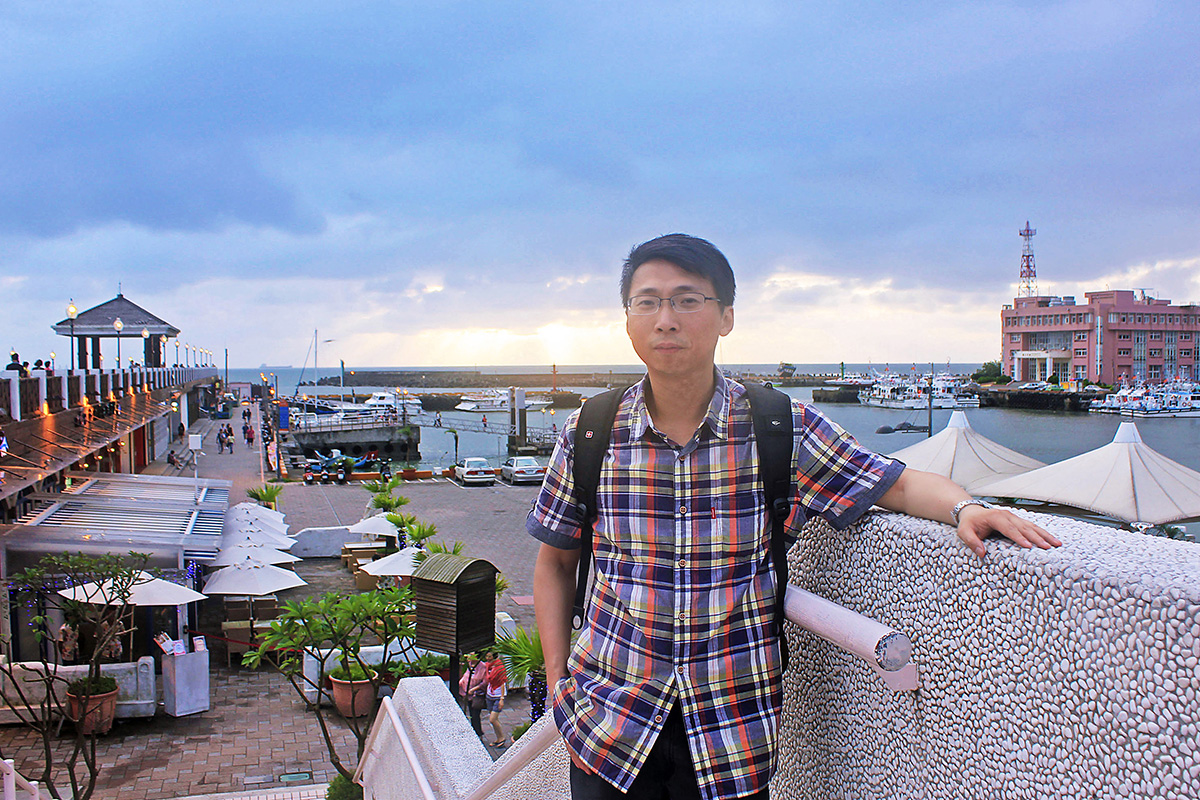
题目:Endogenous Technological Change
作者:Paul M. Romer
文献出处:Journal of Political Economy, 1990, 98(5): S71-S102
主讲人:金戈 教授
时间:2018年12月27日14:00-16:00
地点:浙江财经大学我院1号楼307室
主办单位:浙江财经大学现代公共经济学研究中心
内容摘要:Growth in this model is driven by technological change that arises from intentional investment decisions made by profit-maximizing agents. The distinguishing feature of the technology as an input is that it is neither a conventional good nor a public good; it is a nonrival, partially excludable good. Because of the nonconvexity introduced by a nonrival good, price-taking competition cannot be supported. Instead, the equilibrium is one with monopolistic competition. The main conclusions are that the stock of human capital determines the rate of growth, that too little human capital is devoted to research in equilibrium, that integration into world markets will increase growth rates, and that having a large population is not sufficient to generate growth.
保罗•罗默1990年发表于《政治经济学杂志》(JPE)的经典论文《内生技术进步》是内生经济增长理论中的核心文献。这篇论文的核心贡献是,通过引入垄断竞争,将索洛模型(Solow,1956)中的外生技术进步内生化了。
在罗默模型中,增长由技术进步驱动,而技术进步源于人们有意识地、以利润最大化为目标的决策。技术作为一种投入品,它的明显特征是:它既不是传统的经济品,也不是纯粹的公共品,而是一种非竞争的、具有部分排他性的商品。因为存在着由非竞争性商品所导致的非凸性,模型无法支持以价格接受为特征的竞争性均衡。取而代之的是垄断竞争均衡。本文的主要结论是:(1)人力资本的存量决定了经济增长率;(2)均衡时,投入于研究开发的人力资本数量低于最优数量;(3)融入世界市场有助于促进经济增长率;(4)人口众多并非是经济增长的充分条件。

